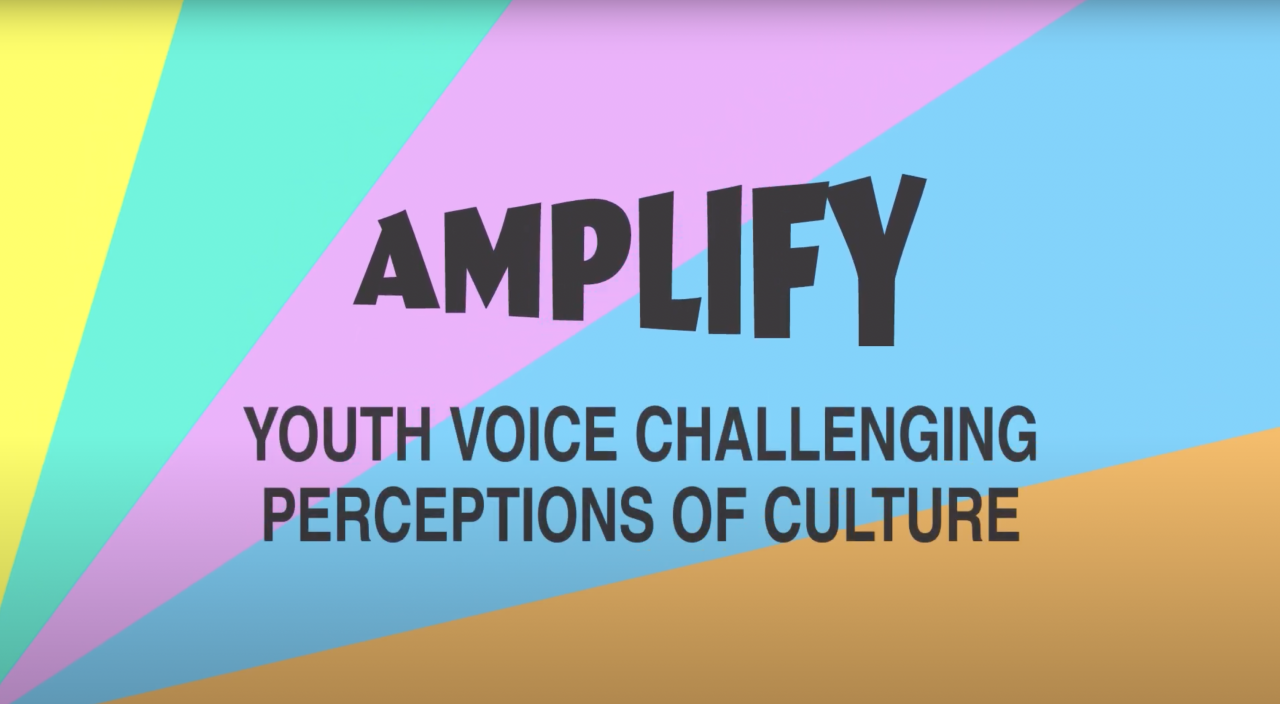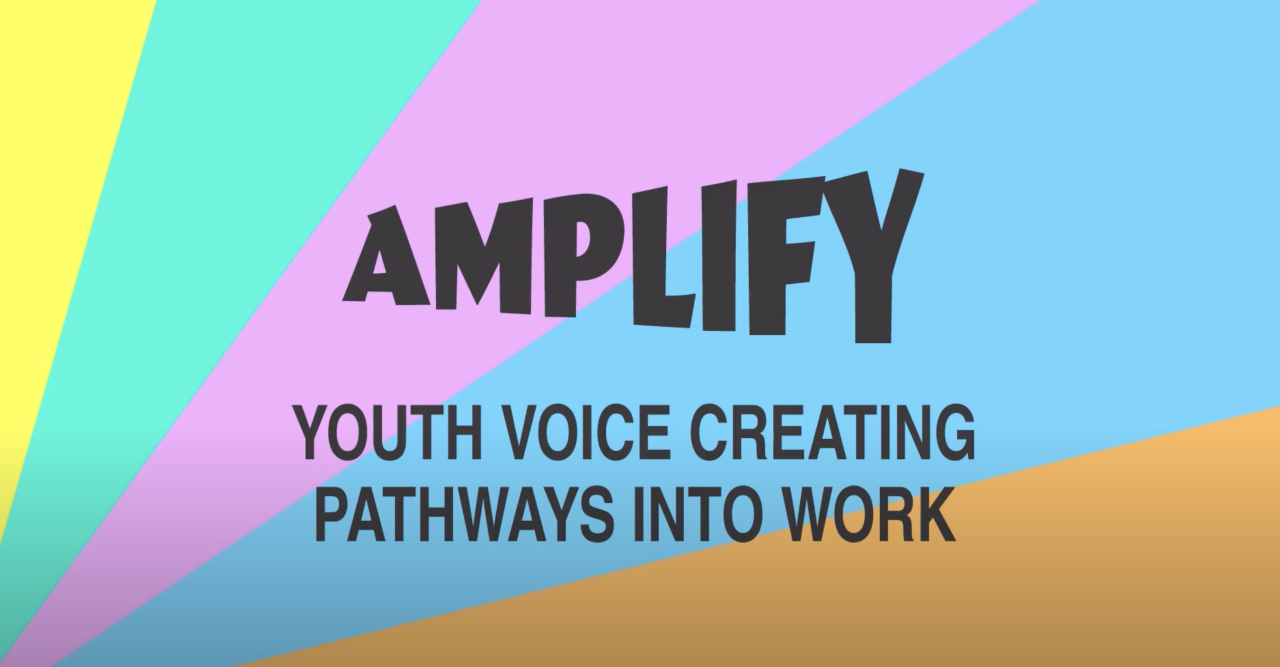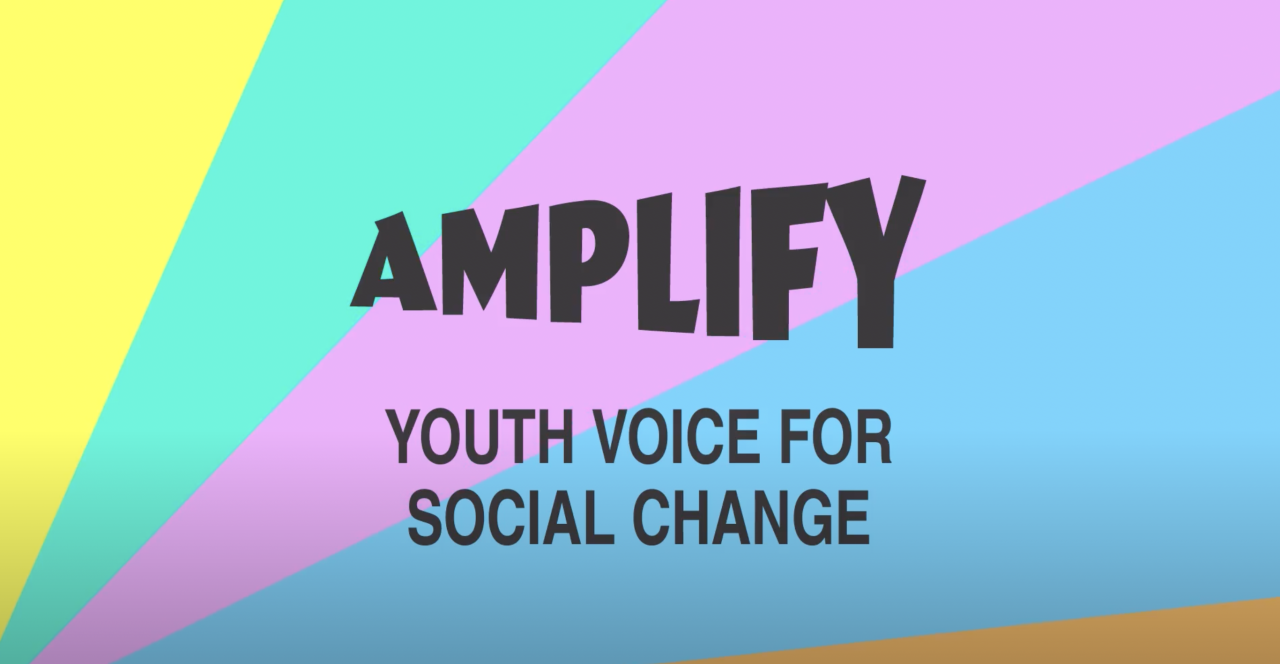Encouraging Progression in Youth Voice
Embedding youth voice into Key Stage 1 and 2
- Visual Arts
- Film & Media
- Literature
- Music
- Technology
- Culture & Heritage
- Child Led Learning
From the moment children are born they intrinsically start to learn the emotional skills they need to identify and express their feelings to others. Throughout their childhood young people develop further awareness and ability to articulate their emotions, opinions and points of view whilst those that interact with them notice and offer feedback on their ability to do so. However, slightly less common is planning for progression in these skills. The ideal environment for assuring progression in these skills is within formal education.
Learning how to make choices, support choices with reasoning, give and receive feedback, talk critically or hypothetically, and explore context-specific language across a range of audiences requires careful curriculum and pedagogical planning.
In these vignettes, a child-centred approach, with planned opportunities to test and learn through creative pupil-managed spaces; the creation of a school Arts Council; authentic environmental problem-solving; and lots of reinforcement of experimentation, are illustrations of how to accelerate children's competent use of their voice to influence the world around them.
Room 13 Hareclive
Willow: Room 13 is basically this massive art studio where you can come in, no one tells you what you can and can't do in here. You can basically just do whatever, with any water paint or crayons, and it's really for you to just be free.
Layla: Well, there's quite a few jobs for each person. We all have different roles in Room 13. Like, I'm a treasurer so I count money and write cheques to the bank. I'm also shopkeeper so I sell stuff so we can have more money to buy art supplies. And some people make sure the room's tidy, make sure everything is in place. Some people order materials that we need. There's a bit of everything for everyone to do.
Willow: I got involved because I really like to do art and it just seems like a really peaceful thing for me to do.
Sophie: Room 13 is a place where people make art, and it's also where they can express their feelings on how they feel. And there's loads of people who they can talk to and make friends in Room 13.
Lacy: The management committee works where the year sixes pick some year fives and year fours to be in the management team for next year and to get to apply for it, you get like given this sheet and then you fill out some answers and questions about what job you want to do.
Sophie: I think that it'd be good for other schools to have a Room 13 because it encourages people with their maths, as well as English and writing.
Sam: Room 13 can be lots of different things like for lots of different people. So for me it's a place to just relax and forget about all of the stressful stuff that's going on in the world around me.
So, now I believe I am studio manager. So that means all the stuff over around there, I get to keep clean.
If I had a magic wand, I'd make it so, in that way, every school has a Room 13, but designed for different kids interests that aren't just art.
Shani: Room 13 has been running for almost 19 years now. What I'd love to see in school is where children could have non pressured time, where they are being creative and get a chance to use their imagination, come up with ideas, problem solve, make mistakes – because it's through making mistakes and trying again and again and again that children kind of can build confidence and self-esteem in their own abilities. And school would be an incredible place if children had that space.
What we've seen happen over the last two years is that children need school. They really need a space to go where they're socially and emotionally – their needs are met and where they're with other people.
And also creativity wise, not everyone has art materials or access to kind of wonderful things like paint or pencils or, you know, the basics, actually.
So I think the last two years I would say that our children have been through a lot. So reconnecting with other children, and other people, learning to use language again, learning to think again, in a collective way with other people.
So, yeah, lots of love and care.
Balderstone St Leonards Primary School
Janet: So we decided to get our students involved in deciding on arts activities in school because basically we feel that our children are the most important part of our school. We need everything we do to be based around them, their interests because ultimately it is for them. So to do anything successfully we need their voice as part of it.
Kate: A typical Arts Council meeting would be in school every half term. The children all come together. We have biscuits, juice and they come with their ideas and we discuss it all. And then we make sure that we cover the activities that they want to do.
MH: Well, I've made decisions about making a new podcast and we've made the decision about the Winter Wonderland.
So the podcast is basically where I speak, and then other children come and talk about other things.
Well, what made me get into the Arts Council is art is very therapeutic, it's a really inclusive subject and anybody is welcome to art. Anybody can be a leader as long as they've got courage, courageousness and determination and patience.
Aleena: I want to be in Arts Council because it is really fun and it is something that I'm really passionate about. I make decisions about lots of things such as audiobooks, which I do with Mrs Turner, so young children know the stories.
All my ideas are important, and Balderstone makes that happen.
I would say to adults that art is a very good hobby which children can channel their emotions and excitement through.
Matilda: What made me want to get involved in the Arts Council is I really like doing art and I love showing my emotions with art and expressing myself.
I would say to adults who think that only older children can be leaders that “you're wrong!”
Because anybody can be leaders. Even with art. Art is about expressing yourself, not about your age. Even babies can do art because babies can scribble. That's still a form of art.
Kate: The children absolutely love the Arts Council. I started off with just a select few just from Key Stage 2, and then since popularity has grown, the children are just wanting more and more to join. So we've gone from about 24 children now to about 40.
Janet: Which is half of the school.
Kate: And the Key Stage 1 children are super excited, so we are going to start a mini arts program to make sure that Key Stage 1 are involved too.
Janet: Our Arts Council have made a tremendous difference to our arts activities in school. I think it's inspired the other staff and the other children because the Arts Council children have been so passionate about what they do.
They've started off with things that we've suggested to them. Then gradually, gradually they've done more and more things on their own, and now they're coming to us and saying 'Can we do this? Can we do that?'
And I think one of the challenges that we have is actually running with their ideas and making them actually happen for them, because the more we do that, the more passionate they get about it and the more things we can do.
Kate: They are our driving force.
Woolenwick Infant and Nursery School
Christina: So at Woolenwick Infant and Nursery School, pupil voice isn't just about gathering children's reflections at the end of learning. It's very much about giving children agency over the direction of the lines of inquiry.
Educators actively listen to the questions and theories of the children. In this way, they can facilitate learning that interests the children and is meaningful to them.
Pupil 1: Our Place to Play began with like a very small play area and not much people could fit on it, and there was like loads of dents in it, so we needed a new one.
Pupil 2: So we made our plan on a piece of paper and then we made it into a 3D –
Pupil 1: – Model
Pupil 2: Like, models. And then the builders took, built what there wasn't most of and, most of them were swings, slides.
Pupil 1: Monkey bars
Pupil 2: Yeah, monkey bars.
Pupil 1: Balance beams.
Pupil 2: Oh yeah, and balance beams.
Pupil 1: And a rope bridge.
Pupil 2: And a rope bridge.
Pupil 1: It made me feel amazed actually.
Pupil 2: It made me feel like I was a real scientist.
Pupil 3: I made a tepee because I think it's going to be good for quiet time in our school. So I made this and then mum put hot glue on it to make it stand up. And then I made balance beams and benches and this the cover and the other sticks.
Pupil 4: We brought in models of what we made. And then some people came round to have a look at the designs and they picked the most common slides and swings, and the builders came round and they built our playground.
The most thing [sic] we were working on was our engineering skills. We were learning how to make structures. I was amazed, I couldn't believe that it actually got turned into the real thing.
I couldn't, I couldn't believe it.
Pupil 5: I made a net swing and it actually got chosen.
Pupil 6: I made a climbing frame but it didn't get chosen. But that's okay. At least we still have lovely play equipment.
Pupil 7: When my ideas are listened to, I feel happy. I think it's important to talk about our environment.
Pupil 8: I think we should talk about the environment as well. Because when people drive cars or put things in the bin, they all go to landfill or they go into the air. It could hurt us or the animals.
Christina: So across the curriculum at the outset, children are asked, “What do you already know and what do you want to find out?”, and their responses steer the direction of the learning.
Our pedagogical approach puts children at the centre of the learning. We value them as able to construct their own learning. This means that learning is motivating and engaging.
And in turn, we get exceptional outcomes.
Room 13 Hareclive
Room 13 Hareclive is a child-led independent art studio in the playground of Hareclive Primary in Hartcliffe, south Bristol. The children take on management roles in the studio, and work with two artists in residence. They run the studio for their peers, and support artistic and creative practice across the school.
You can hear what they have to say from 00:05 in the video
Balderstone St Leonards Primary School
Balderstone St Leonards Primary School is a small rural primary school based in Blackburn, Lacashire. They have a very active Arts Council , who lead and influence arts education for the whole school.
You can hear what they have to say from 03:44 in the video
Woolenwick Infant and Nursery School
Woolenwick Infant and Nursery School is based in Stevenage, and their curriculum is built on pupil enquiry led learning. Their pedagogy is underpinned by Reggio Emilia with creativitiy as a core element of their work. The school has also received a Platinum Artsmark status in recognition of their commitment of Arts and Cultural education.
You can hear what they have to say from 07:15 in the video
Guest blog from Bourne Westfield Primary Academy
Written by Arts Director Rebecca Beasis, the blog talks about embedding creative arts
The Arts is Good for the Bottom Line!
A blog written by the headteacher of Griffydam Primary School, Leicestershire
Mighty Hub of Creativity and Mighty Connections webpages to support creative activity across the board
Craft Adventures... with Balderstone St Leonards
A blog hosted by Curious Minds, written by Kate Turner (featured in the video)
Teaching for Creativity taster cards [direct download]
These EYFS taster cards are created by A New Direction to support teachers in encouraging creative thinking in early year pupils.


